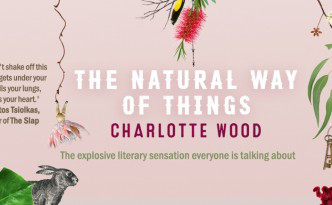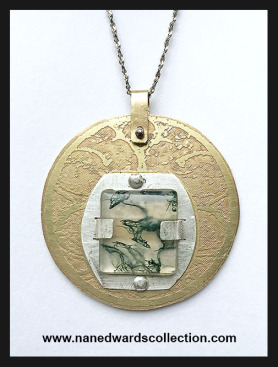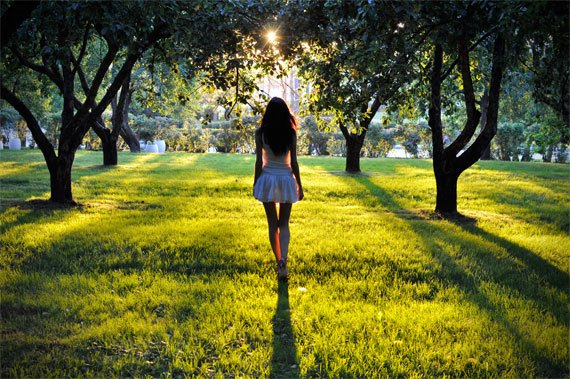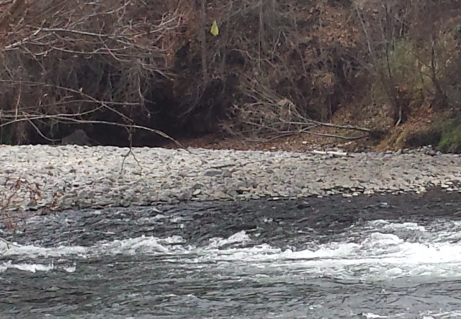MY RATING – ★★★★★
Two women awaken from a drugged sleep to find themselves imprisoned in an abandoned property in the middle of a desert in a story of two friends, sisterly love and courage – a gripping, starkly imaginative exploration of contemporary misogyny and corporate control, and of what it means to hunt and be hunted.
Strangers to each other, they have no idea where they are or how they came to be there with eight other girls, forced to wear strange uniforms, their heads shaved, guarded by two inept yet vicious armed jailers and a ‘nurse’.
The girls all have something in common, but what is it? What crime has brought them here from the city? Who is the mysterious security company responsible for this desolate place with its brutal rules, its total isolation from the contemporary world? Doing hard labour under a sweltering sun, the prisoners soon learn what links them: in each girl’s past is a sexual scandal with a powerful man. They pray for rescue – but when the food starts running out it becomes clear that the jailers have also become the jailed. The girls can only rescue themselves.

I’m going to preface this review by saying I haven’t read a book this brutal in a very long time. Charlotte Wood’s novel – winner of the Stella Prize, the Best Fiction and Overall Book of the Year Awards at the Independent Bookseller Awards, and shortlisted for the Miles Franklin Literary Award – was a horrific read.
The novel takes a third-person narration which tends to alternate between Verla and Yolanda, the book’s central protagonists. There are ten girls in total at the prison – allegedly based on the Hay Institution for Girls, where young women were forced to march, complete manual labour, and imprisoned in cells – and each develop in their own way, into powerful women.
The novel’s prose is beautiful. It’s weighty, it’s furious, and it creates a vivid, ugly world in the Australian outback. There are some graphic scenes in here of general abuse and mistreatment – the girls are forced to wear unwashed clothes and eat half-cooked packet food from unwashed bowls. They’re beaten and electrocuted and forced to march for hours at a time, and then to complete hard labour under a relentless sun. They’re locked in kennels – ‘dogboxes’ – every night by Boncer and Teddy, the guards in charge of the compound. This is not a nice book.
And that’s the point. Wood’s imagery combines together to create a pulsing mass of furious feminism. She takes images of embodiment and uses them to critique the view of women in contemporary society. The body becomes simultaneously a piece of flesh for men to abuse, and a tool of women’s empowerment. In one scene the girls are tasked with crafting a doll for one of their fellow inmates, Hetty:
‘It filled them with something deep, slow-burning, some determination they did not understand, but slowly the doll’s misshapen, ugly body grew out of the shames and degradations of their own. One set of hands took over when the other’s grew sore from forcing the needle through the fine leather, the sacking and kapok.’
The doll becomes something for the girls to project their own selves onto. They go from girls to animal/person throughout the course of the novel, Yolanda especially. Her body is rejected – it personifies femaleness, the very thing that she feels has landed her in this situation. A beautiful, horrifying extract that I feel encapsulates this perfectly:
‘Did they know, as they emptied themselves into the rubbish tip of her, about the tunnel in her, was this what they were trying to reach? […] [The doll’s body] wore scars made with stitches; it appeared somehow tortured, or burnt […] Yolanda knew, what all the girls would know: that these were battle scars. Something in this embroidered war paint compelled.’
It’s the taking of this state – this misogynistic, lust-filled way that men want women to be and simultaneously despise them for being, a ~slut~ – of the empty vessel of the female body and turning it on its head. Yolanda and Verla take back ownership of their bodies, Yolanda by retreating into an animal state and Verla with violence. The things Boncer and Teddy both hated them for and wanted them for, the very act of being female which somehow screams slut, or dog (as they’re referred to throughout the novel), becomes empowering.
It’s not all doom and gloom. Okay – it mostly is. But there are some gorgeous scenes of female empowerment in this novel, bits that made my heart soar. Joy, a talent-show singer among the girls, is encouraged to sing. Their song rises through their cells, and each girl begins drumming – it’s the coming together of sisters, and it’s beautiful.
‘This deep jungle beat seems to rise up from the earth itself, spreading through the fibres of the floors and walls, through their bodies, along the cells from girl to girl, and above it Joy’s voice climbs, and soon the whole kennel building is thumping with this belly-driven rhythmic song.’
Finally, the ending. The ENDING. The ending hurt me, deeply. It highlights the strength of the girls and the fall of them – captured once again by the world’s follies. The link to death and strength was also prominent here, highlighting once again each girl’s individual personality. They deal with life and death in different ways which all inadvertently characterise them apart from each other.
I loved this book. I tore through it in 2 days, on the train and in my hotel room in London, alone, and then once I got back home. Wood’s prose builds this claustrophobic, oppressive environment – strangely dystopian even in its presumably contemporary setting. Highly recommended.
The Natural Way of Things is available for purchase HERE, and you can read a free extract at Charlotte Wood’s website HERE.
WHAT TO READ NEXT?
The Girls by Emma Cline
The Handmaid’s Tale by Margaret Atwood
Never Let Me Go by Kazuo Ishiguro
Advertisements Share this:




